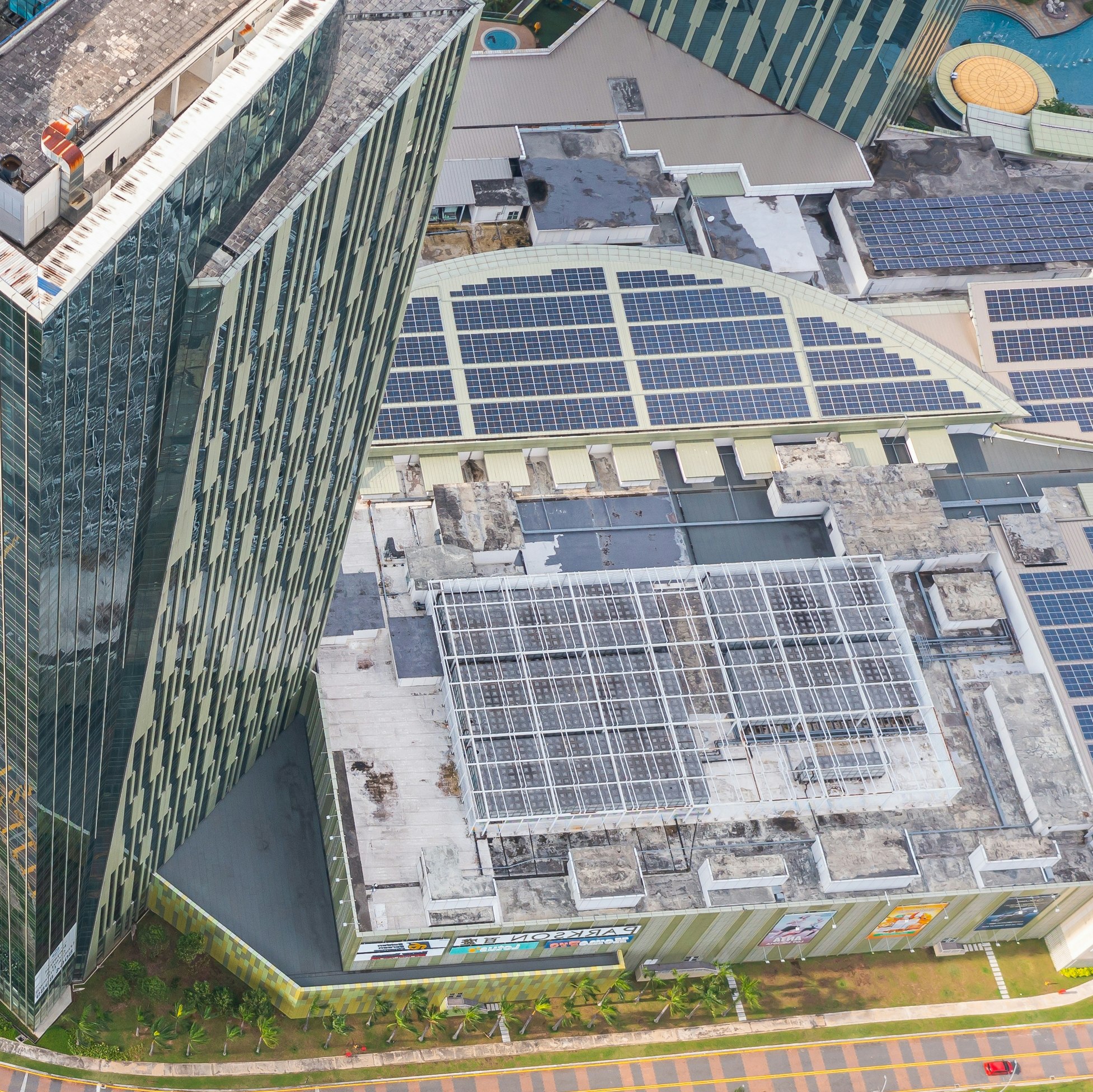Efficient Grid-Interactive Buildings – Analysis – IEA
Efficient Grid-Interactive Buildings – Analysis - IEA IEA


About this report

A future with net zero emissions
A future with net zero emissions requires scaling up improvements in energy efficiency, electrification of end uses, and renewable energy generation. For the Association of Southeast Asian Nations (ASEAN), a growing population and rising standards of living will massively increase future energy demand. Mitigating growing electricity demand and integrating renewable energy into electricity generation will therefore be paramount for the region’s clean energy transition and avoid lock-in of additional fossil fuel generation. The intermittent nature of variable renewable energy and increasing deployment of distributed energy resources are putting additional pressure on existing grids.
Opportunities and challenges for efficient grid-interactive buildings
In response to these challenges, this report explores the opportunities and challenges for efficient grid-interactive buildings in the ASEAN region. Such buildings are becoming a crucial element for the global ambition to attain net zero emissions, as they can combine enhanced energy efficiency, advanced smart digital technologies, and decarbonized electricity generation. This integration creates the potential for buildings to shift from energy-intensive consumers to low-carbon prosumers, empowered by digital technologies that can offer flexibility benefits to the electricity grids. With the ability to produce, consume, store, sell, and buy energy, buildings become active participants in the building-to-grid ecosystem.
Analytical framework and current situation in ASEAN countries
Drawing on relevant international trends and best practices, the current report lays out an analytical framework to assess a variety of factors that can enable a building to become energy efficient and grid-interactive. The framework is used to analyze the current situation in countries of the ASEAN region. The report provides policy-oriented recommendations and guidelines tailored to different stages of the process for adopting efficient grid-interactive solutions in buildings. These recommendations can support ASEAN policymakers in their policy development to create an energy-efficient and grid-interactive built environment, contributing to a cleaner and more sustainable energy future.
SDGs, Targets, and Indicators
| SDGs | Targets | Indicators |
|---|---|---|
| SDG 7: Affordable and Clean Energy | 7.3: Double the global rate of improvement in energy efficiency | No specific indicators mentioned in the article |
| SDG 11: Sustainable Cities and Communities | 11.6: Reduce the adverse per capita environmental impact of cities | No specific indicators mentioned in the article |
| SDG 13: Climate Action | 13.2: Integrate climate change measures into national policies, strategies, and planning | No specific indicators mentioned in the article |
| SDG 17: Partnerships for the Goals | 17.17: Encourage and promote effective public, public-private, and civil society partnerships | No specific indicators mentioned in the article |
1. Which SDGs are addressed or connected to the issues highlighted in the article?
- SDG 7: Affordable and Clean Energy
- SDG 11: Sustainable Cities and Communities
- SDG 13: Climate Action
- SDG 17: Partnerships for the Goals
The article discusses the need for energy efficiency, renewable energy generation, and the integration of buildings into the electricity grid to achieve a future with net zero emissions. These align with SDG 7 (Affordable and Clean Energy). The article also highlights the potential for buildings to become low-carbon prosumers and contribute to a cleaner and more sustainable energy future, which connects to SDG 11 (Sustainable Cities and Communities). Additionally, the article mentions the importance of mitigating electricity demand and avoiding additional fossil fuel generation, which relates to SDG 13 (Climate Action). Finally, the article emphasizes the need for partnerships and collaboration between different stakeholders, which aligns with SDG 17 (Partnerships for the Goals).
2. What specific targets under those SDGs can be identified based on the article’s content?
- SDG 7 Target 7.3: Double the global rate of improvement in energy efficiency
- SDG 11 Target 11.6: Reduce the adverse per capita environmental impact of cities
- SDG 13 Target 13.2: Integrate climate change measures into national policies, strategies, and planning
- SDG 17 Target 17.17: Encourage and promote effective public, public-private, and civil society partnerships
The article emphasizes the need to improve energy efficiency in buildings and integrate renewable energy generation, which aligns with SDG 7 Target 7.3. It also discusses the potential for buildings to reduce their environmental impact and contribute to a cleaner energy future, connecting to SDG 11 Target 11.6. Furthermore, the article highlights the importance of integrating climate change measures into policies and planning, which relates to SDG 13 Target 13.2. Finally, the article emphasizes the need for partnerships and collaboration between different stakeholders, aligning with SDG 17 Target 17.17.
3. Are there any indicators mentioned or implied in the article that can be used to measure progress towards the identified targets?
No specific indicators are mentioned or implied in the article that can be used to measure progress towards the identified targets. The article provides a general overview of the opportunities and challenges for efficient grid-interactive buildings in the ASEAN region, but it does not provide specific indicators for measuring progress towards the targets.
Behold! This splendid article springs forth from the wellspring of knowledge, shaped by a wondrous proprietary AI technology that delved into a vast ocean of data, illuminating the path towards the Sustainable Development Goals. Remember that all rights are reserved by SDG Investors LLC, empowering us to champion progress together.
Source: iea.org

Join us, as fellow seekers of change, on a transformative journey at https://sdgtalks.ai/welcome, where you can become a member and actively contribute to shaping a brighter future.







